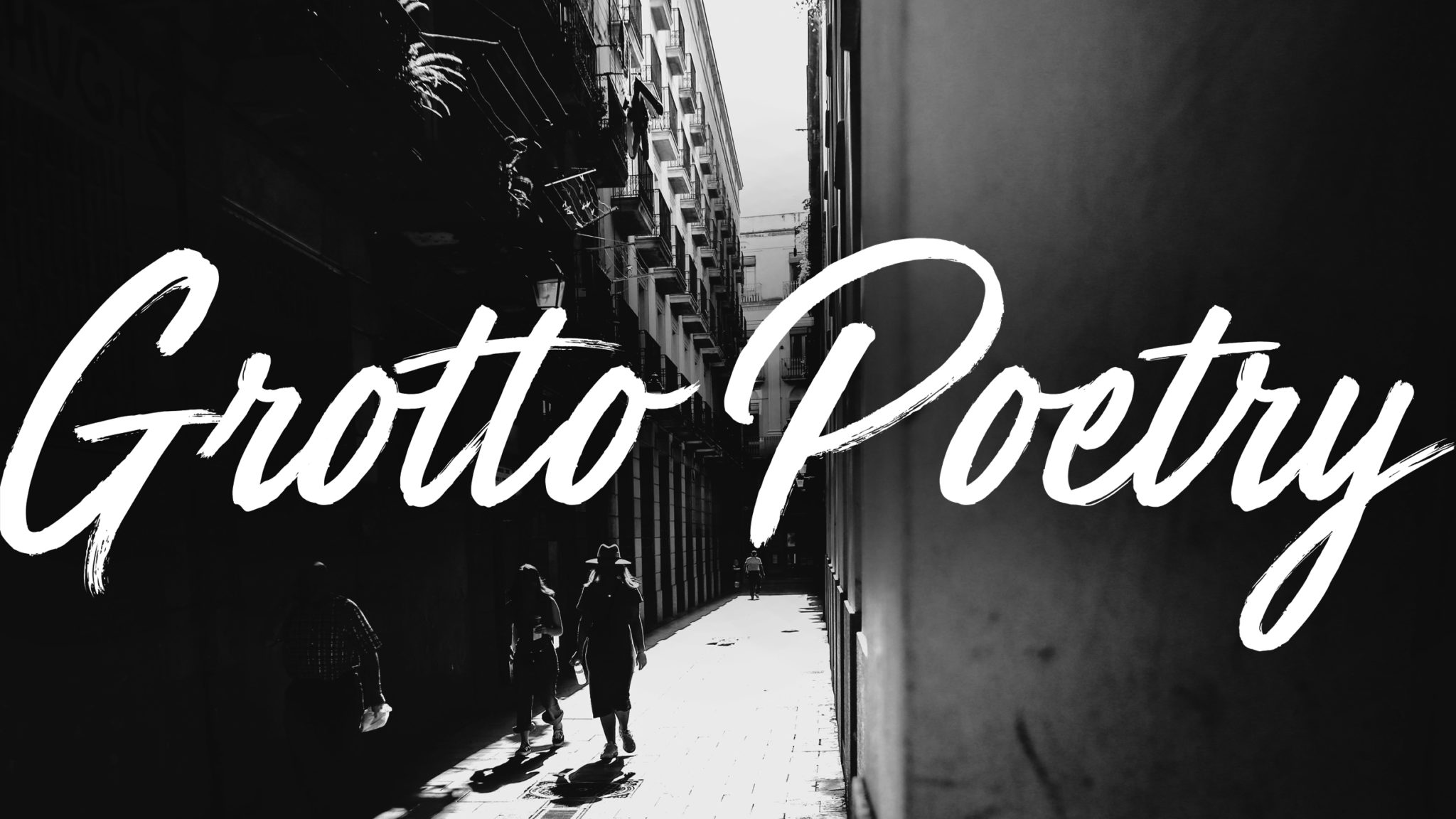
In the Highline region of northeastern Montana, there is an expanse of land that stretches for over 460,000 acres, marked by the flaxen gold of shortgrass prairie and jutting ridges of rock formations. Bison, prairie dogs, beavers, foxes, bears, and mountain lions live and die on this land, which borders cattle ranches and agricultural terrain. Sunsets crest over the horizon in brilliant colors that make you feel like you’ve finally come home. This land belongs to American Prairie, a nonprofit organization that is using the process of rewilding to save one of the world’s fastest declining biomes — the grassland prairie. I’ve never been to this place — I have only studied, read, and dreamed about it, yet the philosophy behind its preservation has captivated my imagination for years.
I discovered the concept of rewilding by happenstance. In my senior year of college, I enrolled in a course about the national parks and one of my assignments involved selecting a park or preserve and writing about its communication strategy. Not long before receiving the assignment, I had read an article in the Wall Street Journal about American Prairie and its mission to restore the land in Montana through a process called rewilding. By permanently leasing public land from the Bureau of Land Management and purchasing private property, the nonprofit stitches the estates together and reintroduces key species to increase biodiversity. As I researched more about the concept of rewilding for my essay, its philosophy grew to have more aesthetic appeal to me than any photograph.
According to the research of Michael Soulé and Reed Noss in their landmark paper, rewilding consists of three key components: protected core reserves, connectivity, and keystone species (especially large carnivores). American Prairie follows these steps by reintroducing native species, such as bison, beavers, and bears. Prescribed fires and planting projects aim to restore the shortgrass terrain and preserve the streams and wetlands that have been damaged by cattle and dams. But true rewilding goes beyond biological factors — there is a spiritual component that demands recognition for the land’s intrinsic value.
In order for rewilding to work, the people who reside on and care for the land must develop a connection with their environment in order to acknowledge its dignity. John Davenport, a professor of geography at Missouri Southern State University, noticed in his research of the Highline region that people had competing perspectives of the Old and New West. The Old West focused on the resource-based economy and the prairie’s agricultural potential, while the New West emphasized preserving the grasslands and a non-extractive economy. These competing attitudes frame the prairie as a cultural currency that funds identity, belonging, and a way of life.
American Prairie reckons with these ideologies through community engagement with Indigenous communities, ranching families, and local businesses. The Indigenous communities who originally resided on the land and suffered displacement include Fort Belknap Indian Community, Fort Peck Assiniboine and Sioux Tribes, and the Chippewa Cree Rocky Boy Tribes. American Prairie often collaborates with Aaniiih Nakoda Community, its closest tribal neighbor, on cultural interpretation of the prairie, exhibits, and programming. As a part of its bison restoration, American Prairie has also returned over 500 buffalo to Indigenous-led conservation herds around the United States. These partnerships reflect an effort to acknowledge the displacement endured by these communities and recognize that humans and their spiritual connection to the land are also a part of the prairie’s ecology.
While bison promote biodiversity and welfare for the prairie’s wildlife, they can also introduce problems for the people who use the land for ranching to support themselves. Local ranchers lament American Prairie’s goal to let bison roam freely, which could risk the transmission of disease to cattle and impede on grazing. American Prairie’s Wild Sky program seeks to address these issues by funding local landowners for tolerating the wildlife, as well as striving to use local labor and goods for its work. By acknowledging that there are opposing interests in the land, American Prairie opens paths for communities to reflect on why they value the prairie.
Digging through the history of the Highline prairie unearths layers of strife and conflict that reverberate today. As with many civic disputes, perhaps the deepest pain results from people feeling that they are not being heard. While American Prairie’s solutions may not satisfy everyone who is invested in the Highline, it does serve as an example of how intentional communication and community involvement can aid in conservation efforts. Rewilding calls us to notice how emotions entangle with the environment, and serves as a means to rediscover our own origins as stewards of the earth.
Rewilding speaks to us on an individual level, inviting introspection and discernment of how we can restore our own hearts before we try to love the land. The grassland is one of the most rapidly diminishing biomes across the world, and rewilding this land gives the prairie and its inhabitants a chance at restoration. While I still dream of visiting American Prairie one day, learning about rewilding has already afforded me a glimpse of its beauty — the photographs evoke aesthetic awe, but rewilding’s call to environmental intimacy transcends the physical senses and speaks to my soul.



















